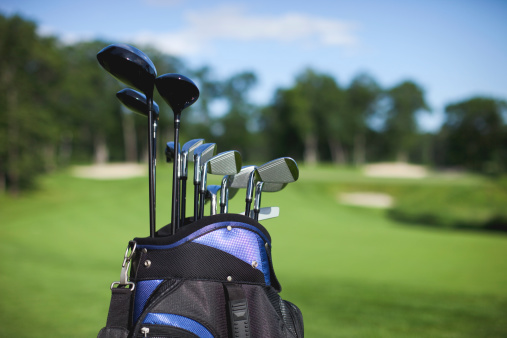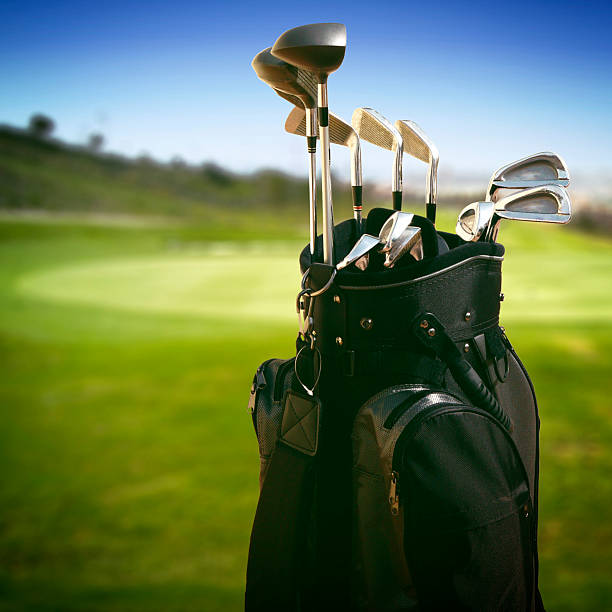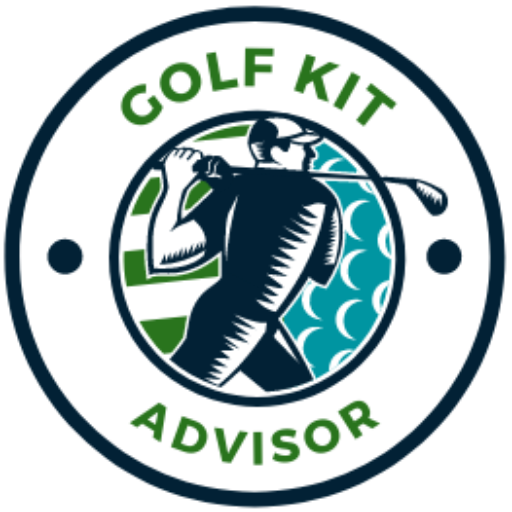The 14-club rule has the advantage of being impartial for all parties concerned. Despite what your handicap is, whether it’s a two or a 30, you can still carry 14 clubs.
Knowing which clubs are essential to your game and deserve their place in your bag can be challenging.
Table of Contents
How many golf clubs can you have in your bag?
According to USGA regulations, your golf bag can hold a maximum of fourteen clubs.
If you are discovered carrying more than fifteen clubs, you will be penalized. You are given a two-stroke penalty for the hole that you become aware you have broken a golf rule while participating in stroke play.
What type of golf clubs do I need in my bag?

High handicapper
- 7-PW
- 3 and 5 Wood
- Driver
- 4, 5, and 6 Hybrid
- Sand Wedge
- Gap Wedge
High handicappers often need to concentrate on two things: distance and forgiveness. High handicappers should avoid carrying long irons in their golf bags and instead occasionally use their fairway woods off the tee.
How to release a driver and a straight down the fairway hit are skills that most high handicappers must ultimately master if they hope to become mid-handicappers. This mastery cannot be accomplished by keeping it outside of the bag.
The mere presence of a throwing wedge in your bag is unquestionably inadequate. High handicappers require a forgiving mallet putter and a variety of wedges.
Mid-handicapper’s bag
- Pitching wedge
- 4 and 5 hybrids
- 3-wood
- 6, 7, 8, and 9 irons
- Putter
- Sand wedge
- Driver
Although many intermediate golfers will have a greater chance of controlling the driver than high handicappers, they will often be better suited to hitting 3-wood instead of the driver off the tee.
Most mid-handicappers will undoubtedly be better suited using hybrids rather than long irons, but those who have a good short game should consider adding a gap wedge or lob wedge to this mix.
Low handicapper
- 56-degree sand wedge
- 3 Wood
- 60-degree lob wedge
- 4-PW
- Driver
- 52-degree gap wedge
- 3 Hybrid
As you may have seen, the only golfers for who we suggest bringing long irons are the low handicappers. In fact, according to our list, a low handicapper should retain the four iron in the bag, though many also do the same with the three iron.
You need to have a fast and precise swing to hit long irons correctly. Players with lower handicaps are more likely to be skilled at making these strokes.
Golfers with lower handicaps will often play using blade-style clubs. Precision, workability, and spin will be their strong suits, but forgiveness will not be one of them.
Players with low handicaps should have high-performance wedges in their bags. If they encounter difficulties, these clubs will get them out of it and make a difference in the score.
Some low-handicap golfers prefer two fairway woods over hybrids and won’t carry them.
How to organize your clubs

There is a “proper” method to arrange your golf clubs that you may be unaware of!
Of course, an experienced golfer wouldn’t use up to two putters or all drivers. The typical set of clubs, consisting of a set of irons, one putter, and one driver, is typically used by most golfers with some variations. In fact, you’ll probably discover a set that is rather standard if you peek in a golfer’s bag.
The clubs you select can greatly impact your ability to hit shots on the green. As a result, the scores you can shoot will depend on the clubs you use. You’re due for a change if you frequently notice that you receive several shots for which you lack the appropriate club.
The only set of clubs you should use is one that will benefit you, and the only clubs you should avoid are those that won’t help you get better at your game. Your golfing abilities, including your strengths and weaknesses, should dictate the kind of clubs you carry.
Play to your strengths while working on your flaws. A proficient golfer can carry a club more specifically designed for their game and perform a wider range of strokes.
What are the best clubs for junior players?
Junior golfers require a set of clubs that accommodate their height. Fitting juniors or spending money on expensive brands is futile because they frequently outgrow their clubs. Look for junior sets that are affordable yet useful and introduce the child to the game.
What clubs should an intermediate player use?
Any golfer who shoots 90 or thereabouts for 18 holes is considered an intermediate player. I encourage intermediate players to modify their sets to best fit their playing style.
For instance, if you play golf at an intermediate level and have a starter set, I would advise being fitted for a new putter and driver.
The ideal clubs for your game can be found with a quick fitting, which will also help you improve your score.
Conclusion
Choosing which golf clubs to include in your bag might be challenging. It could be difficult to choose only fourteen clubs due to the sheer number of options.
Try clubs first before buying them. A credible golf retailer will note the ideal style and features for your height and skill level. Starter sets will come with all you need, but as your game improves, you’ll probably want to invest in more specialized, personalized irons.
Don’t think spending more money on clubs would improve your game. Even though they may be laden with design elements and often built of higher-quality materials, the quality of the club will ultimately depend on the golfer using it.

